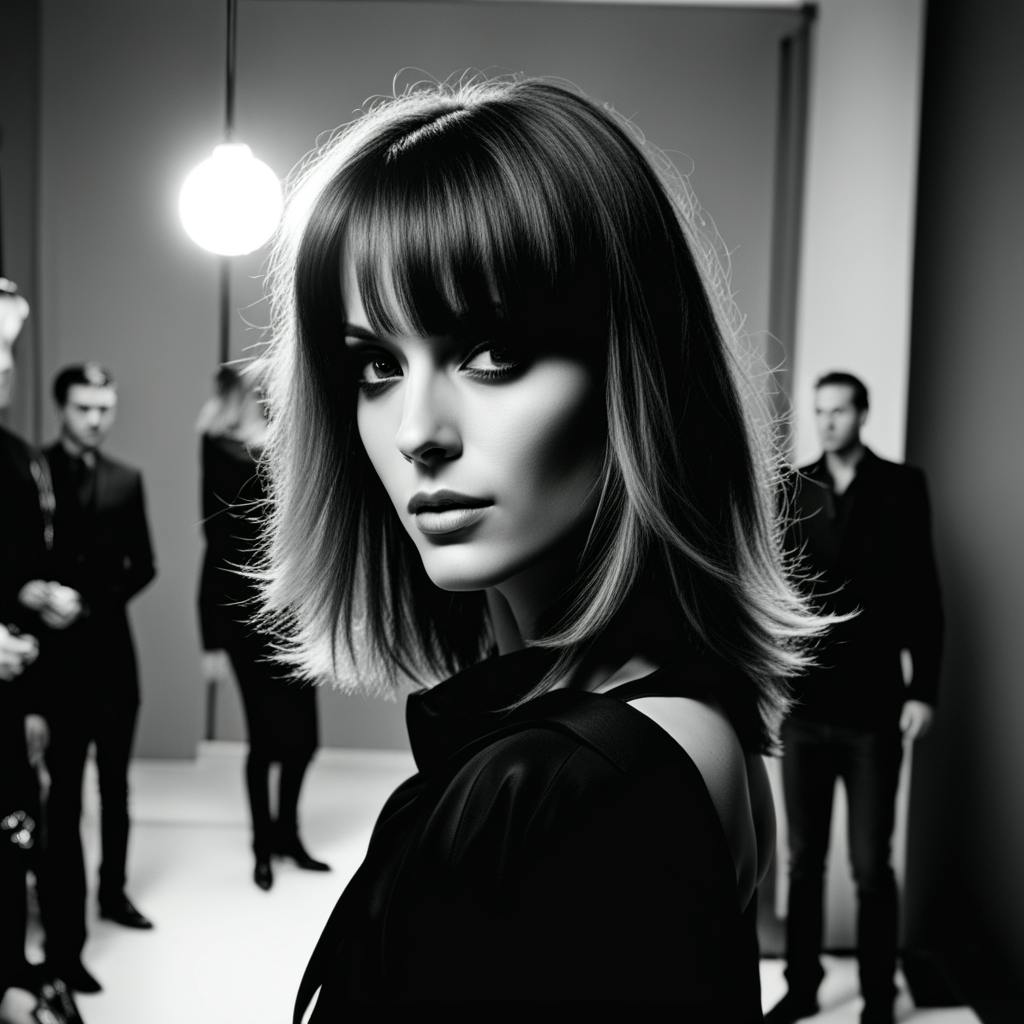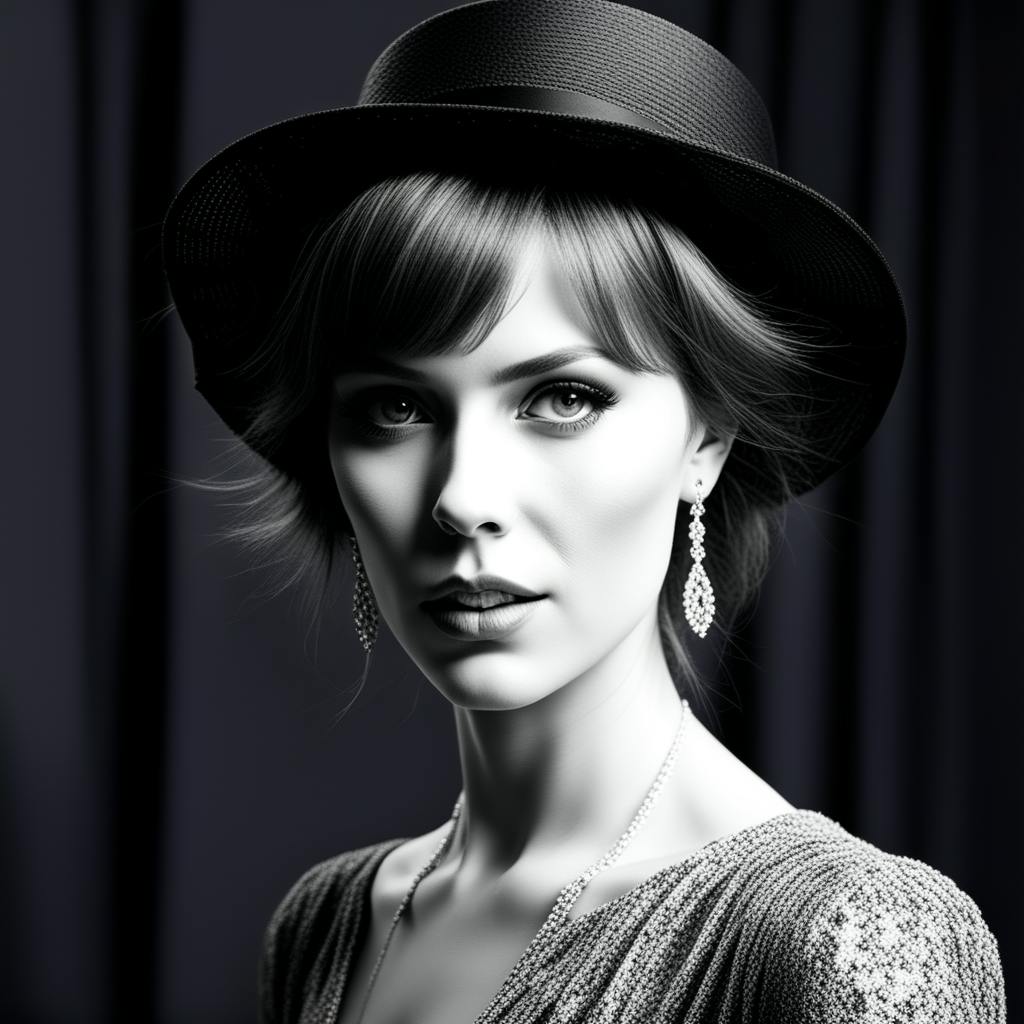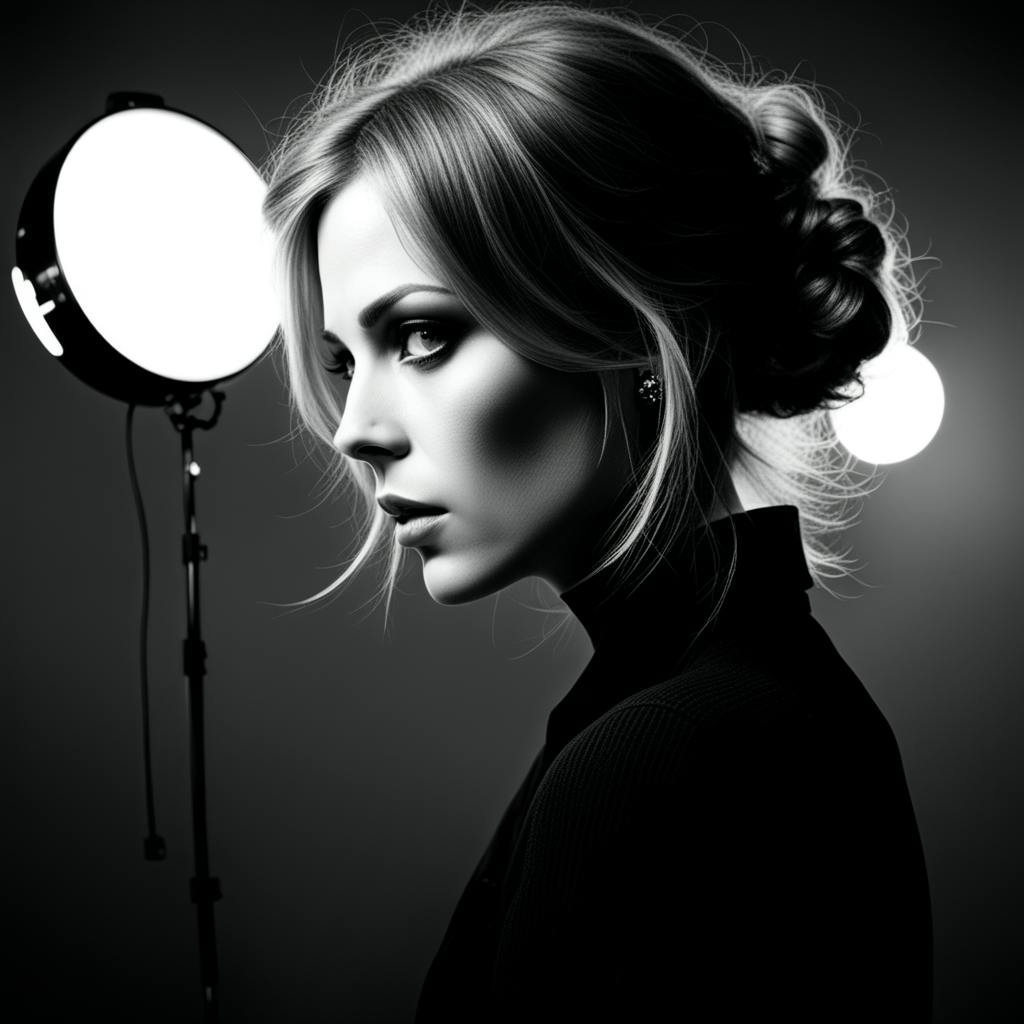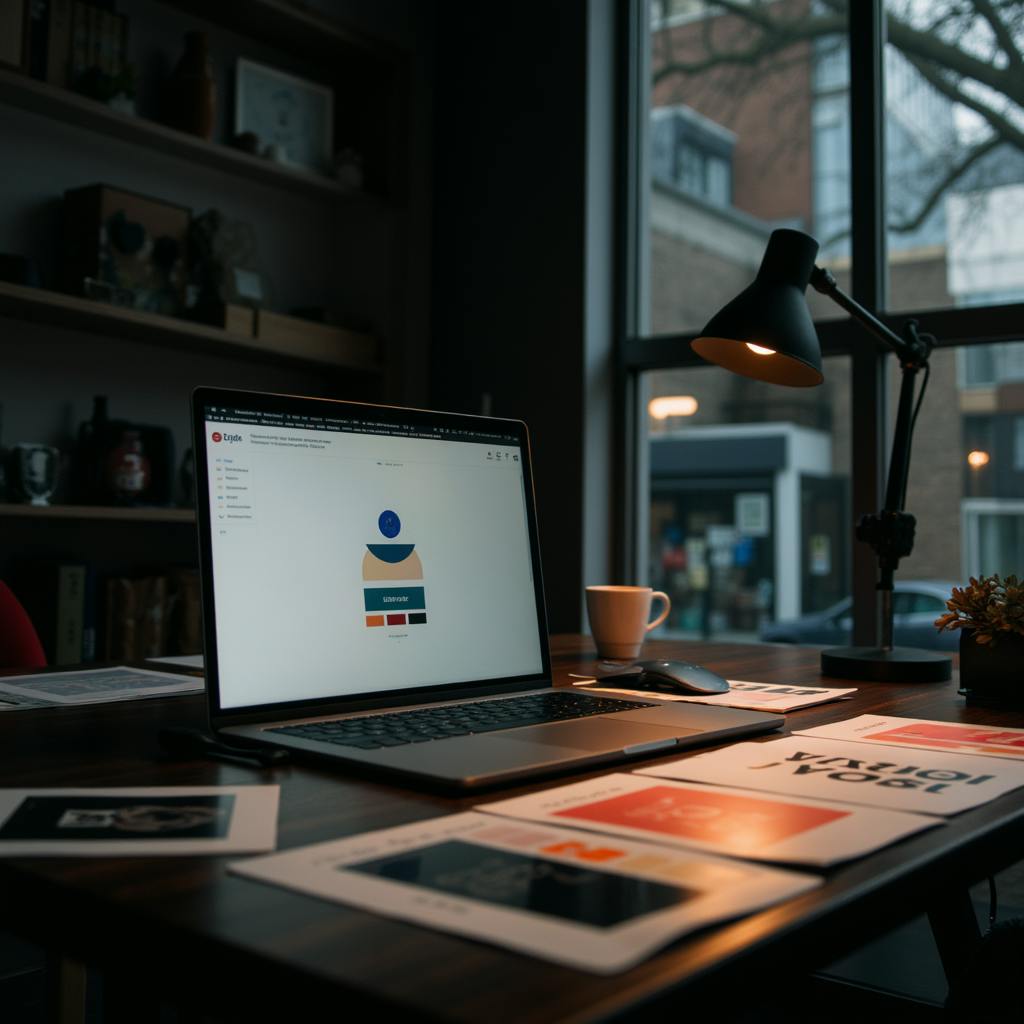In today’s fast-paced creative world, standing out often depends on the quality of your visuals. One powerful way to achieve this is to use AI to polish professional photos. By employing artificial intelligence, photographers can enhance their work with speed, precision, and creativity that was once unimaginable.
AI tools now correct lighting, sharpen details, adjust colors, and even restore old images with minimal effort. What once took hours of manual editing can now be achieved in minutes, freeing photographers to focus on storytelling and creativity.
The Rise of AI in Photography
Artificial intelligence has moved beyond simple filters. It now recognizes patterns, identifies imperfections, and applies enhancements with remarkable accuracy.
Key advantages of AI in editing include:
- Automated touch-ups: Noise reduction, blemish removal, and red-eye correction.
- Time savings: Instant edits replace hours of manual adjustments.
- Consistency: Apply the same look across a whole photo set.
- Creative options: Tools can generate new backgrounds, styles, or filters.
Why AI-Enhanced Photos Are the Future
The appeal of AI lies in its ability to balance efficiency with creativity. Every detail—exposure, color depth, sharpness—is optimized, ensuring high-quality results.
AI systems also adapt and “learn” user preferences. This allows photographers to experiment with artistic styles, expanding their portfolios without advanced technical skills. Both professionals and beginners benefit, making high-level editing accessible to everyone.

AI made with Owen Fegan
The Role of AI in Restoring and Retouching Photos
Beyond simple enhancements, AI has become a powerful tool for restoring and retouching images. This is especially valuable for professional photographers working with archival materials or client portraits.
What AI can do:
- Image restoration: Repair old or damaged photos by filling in missing details.
- Portrait retouching: Smooth skin, brighten eyes, and adjust facial features naturally.
- Background editing: Remove, blur, or replace backgrounds with precision.
- Style transfer: Apply artistic filters to give photos a unique aesthetic.
By automating these tasks, AI not only saves time but also helps photographers deliver high-quality, professional results that would take hours of manual work.
How AI Improves Photo Quality
One of the biggest reasons professionals turn to AI is its ability to bring out the very best in images. AI tools go far beyond cosmetic fixes— they repair, enhance, and transform photos in ways that save time without sacrificing quality.
Common enhancements include:
- Noise reduction: Removes grain from low-light shots.
- De-blurring: Restores sharpness lost to camera shake or focus errors.
- Lighting and color correction: Balances exposure and enhances true-to-life tones.
- Image upscaling: Increases resolution for large prints or detailed displays.
These improvements not only polish photos but also expand their professional use—from high-end prints to digital campaigns.
Case Study: Photoshop’s AI Revolution
Adobe Photoshop is one of the best-known examples of how AI is changing photography.
- Challenge: Professional editing used to be time-consuming and technically demanding.
- Solution: Photoshop introduced AI-powered features like Neural Filters, sky replacement, and automatic subject selection. These tools allow photographers to make advanced edits in seconds.
- Results: Professionals now deliver polished images faster, while hobbyists achieve results that once required years of training.
Photoshop shows how AI can complement creativity rather than replace it, making editing more efficient and powerful.
Frequently Asked Questions
Can AI replace human photo editors?
No. While AI handles repetitive tasks, the creative judgment of a human editor remains essential. AI is a tool to support, not replace.

AI made with Owen Fegan
Is AI editing beginner-friendly?
Yes. Most AI tools are designed with simple interfaces, so even newcomers can achieve professional results without advanced training.
How does AI improve photo quality?
AI corrects lighting, sharpens blurry images, restores damaged photos, and can even upscale resolution for print-quality results.
What makes AI valuable for professionals?
AI ensures faster turnaround, consistent edits across projects, and greater freedom for photographers to focus on creativity instead of repetitive tasks.
Conclusion
The ability to use AI to polish professional photos has transformed the photography industry. With tools like Photoshop, Luminar, and Snapseed, photographers can deliver stunning, consistent results while saving time and exploring new creative directions. By blending human creativity with AI’s speed and precision, professionals gain a competitive edge and hobbyists gain access to tools that elevate their work. As technology continues to evolve, AI will remain a vital partner in producing powerful, polished visuals that captivate audiences.

